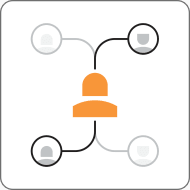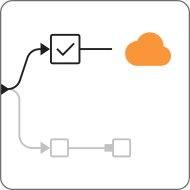Customer Valuation with RFM Scoring in KNIME
Understanding customer value helps you allocate marketing resources more effectively, retain high-value customers, and personalize engagement strategies. With KNIME, you can combine transactional data from multiple sources, calculate RFM scores, estimate customer lifetime value, visualize it, and build Data Apps to explore segments and KPIs—enabling data-driven decisions that improve customer targeting and business performance.
KNIME Workflow Example for Customer Valuation with RFM Scoring
This example workflow calculates RFM scores, estimates Customer Lifetime Value (CLV), and segments customers based on their purchasing behavior for targeted marketing and value-based analysis. It includes:
- Data access and preparation, importing transactional data from CSV or databases, and preparing it by cleaning missing values, formatting fields, and aligning timestamps for accurate recency calculation
- RFM calculation and CLV estimation, computing Recency, Frequency, and Monetary values per customer, then using historical spending data to estimate CLV over a defined period
- Customer segmentation, applying k-Means clustering to group customers into RFM clusters that reflect behavioral profiles such as loyal, at-risk, or high-potential
- Visualization and analysis, generating scatter plots, box plots, and bar charts to explore how customer segments differ in terms of value and behavior, with the option to export results for reporting or deeper analysis
Why use Customer Valuation with RFM Scoring?
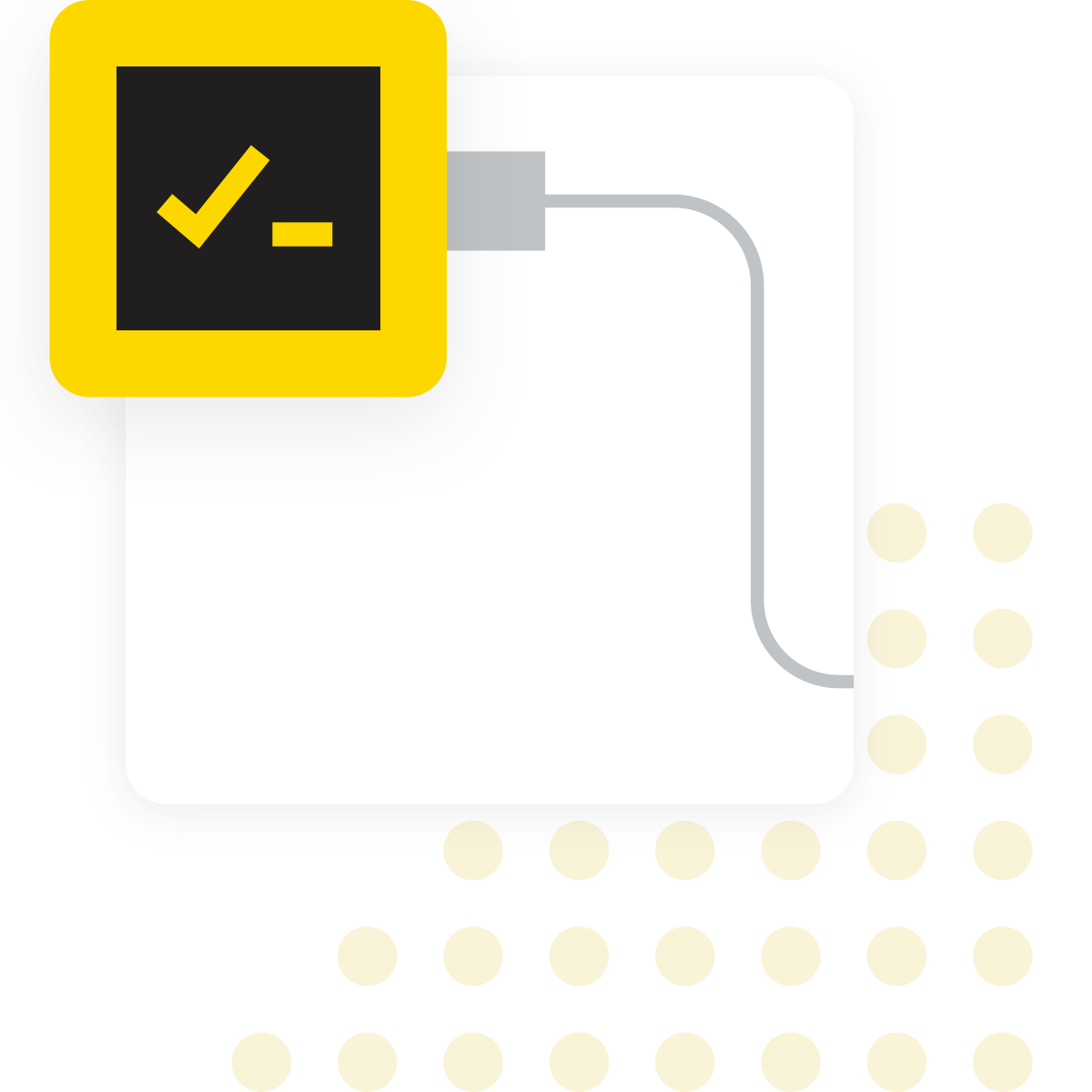
What is a Customer Valuation with RFM Scoring?
Customer Valuation with RFM Scoring is a technique for evaluating customer behavior based on how recently, how often, and how much they purchase. Each customer receives a score across Recency, Frequency, and Monetary dimensions, which are used to create meaningful segments—such as high-value, at-risk, or new customers. This structured view helps you tailor marketing actions, prioritize retention efforts, and forecast future value through Customer Lifetime Value (CLV) calculations.
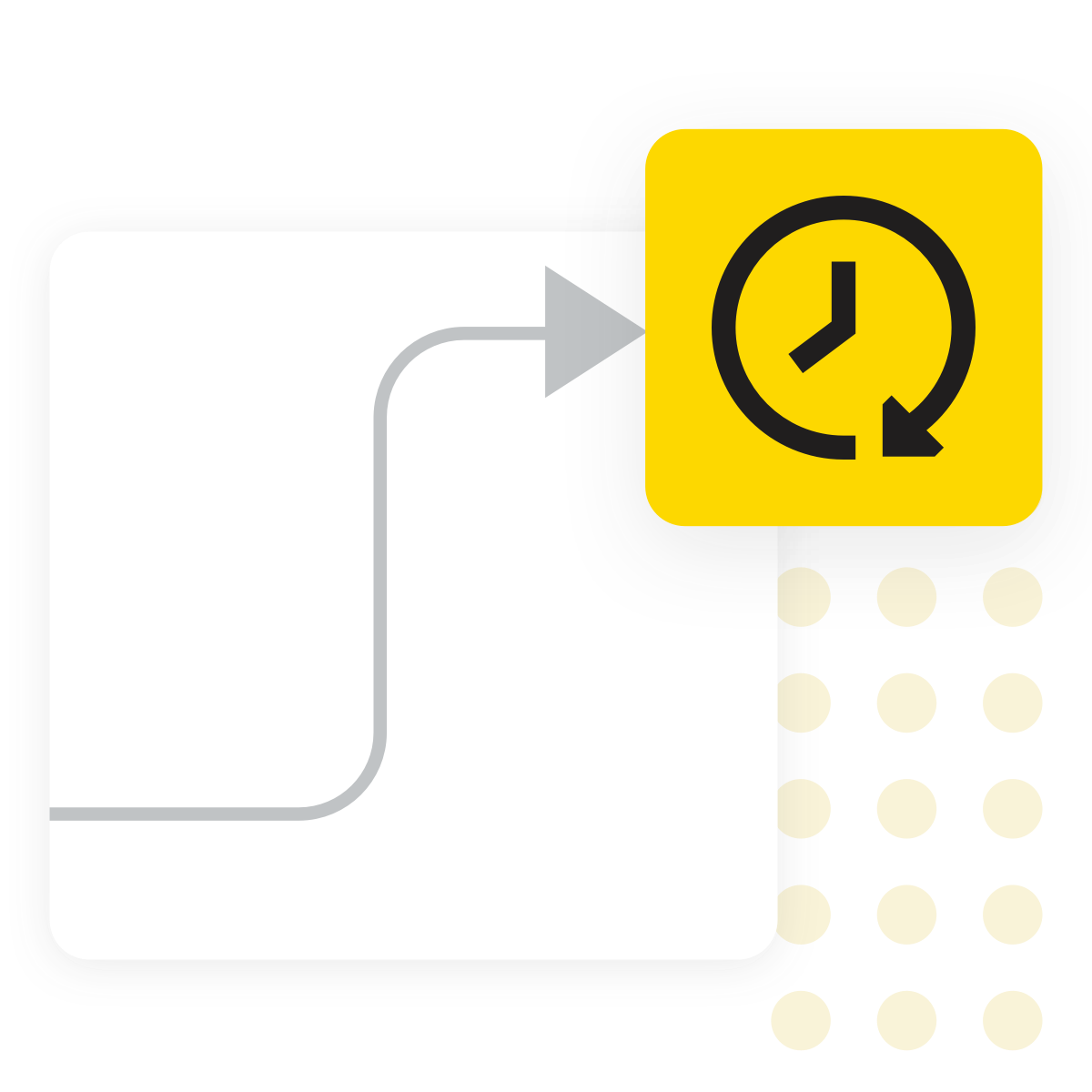
Why does it matter?
Understanding customer behavior via recency, frequency, and monetary value helps you prioritize outreach, tailor promotions, and invest wisely in high-value relationships. CLV adds another angle by projecting future revenue potential.
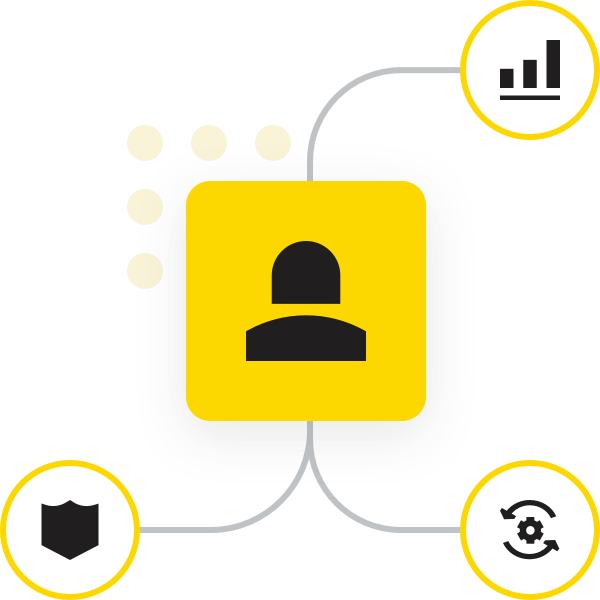
Typical challenges
- Linking and cleaning transaction records
- Defining meaningful RFM thresholds
- Combining segmentation with lifetime value modeling.
- Presenting results in an intuitive and shareable format
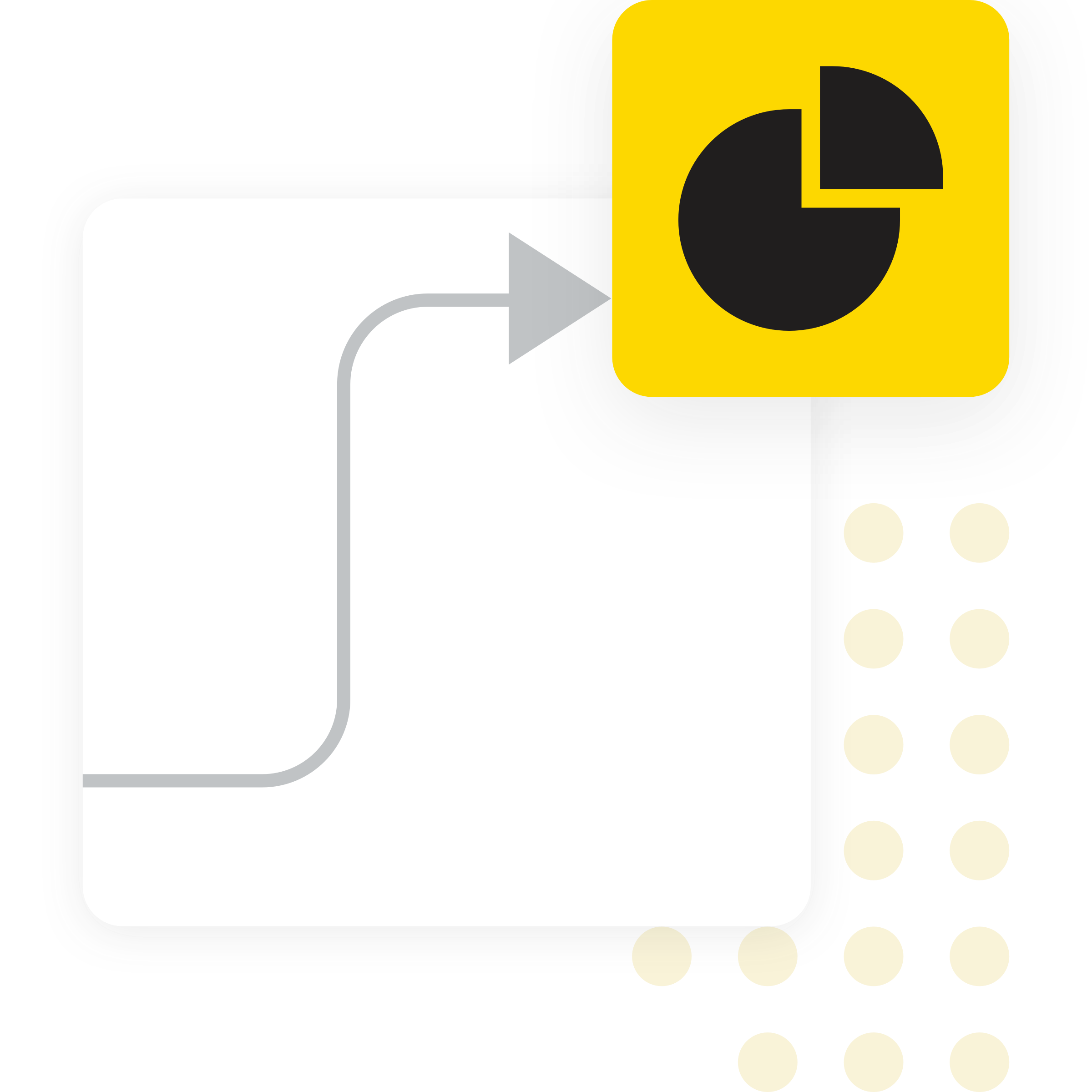
Benefits of using KNIME
- Connect customer transaction data from sources like Excel, databases, or cloud platforms
- Build visual, low-code workflows to calculate RFM scores and customer lifetime value without scripting
- Enrich the analysis with the addition of historical CLV calculation, and present customer insights using interactive visualizations.
- Adapt and scale the analysis to fit different business models and marketing goals
How to use KNIME for Customer Valuation with RFM Scoring

Compute RFM, CLV, and Customer Segmentation
Calculate Recency, Frequency, and Monetary (RFM) scores for each customer—based on time since last purchase, number of transactions, and total spend. Extend RFM to estimate customer lifetime value (CLV) using historical behavior and projected value. Segment customers by RFM and CLV scores using clustering methods to identify groups like high-value, at-risk, or new customers.
How to Get Started
Additional Resources
KNIME Hub Space: Machine Learning and Marketing
Explore example workflows that address common machine learning challenges in marketing analytics.
How to improve customer segmentation with the help of AI
A tutorial using KNIME & GenAI on customer reviews.
FAQ
Yes. KNIME lets you import data from Excel, databases, or cloud platforms. You can adapt the workflow to use your transaction history to compute RFM scores and estimate CLV without needing to write code.
You can segment customers into meaningful groups such as high-value, frequent buyers, recent purchasers, lapsed or at-risk customers, and low-value segments. These segments help prioritize marketing actions and personalize engagement strategies.
Yes. The workflow uses KNIME’s low-code, visual interface, making it accessible to business users without a programming background. It also includes visualizations and can be extended into a Data App, which can then be deployed using one of KNIME’s paid plans for easier exploration of customer segments.
Absolutely. The workflow is entirely visual; you can adapt thresholds, expressions, and segments to fit your business logic.
